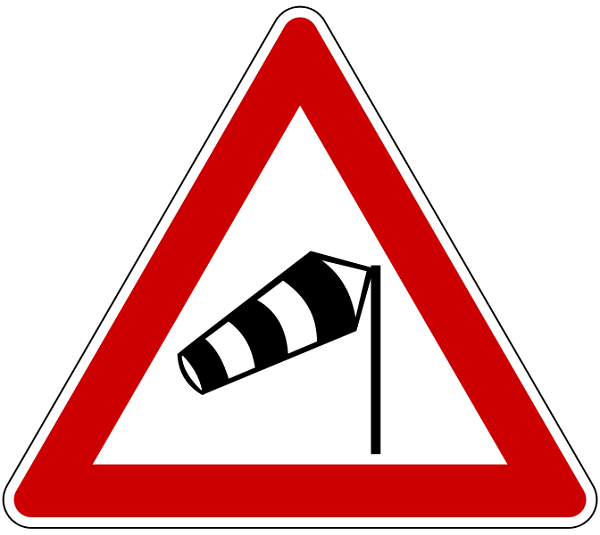<< cross-country flight | crosswind | crosswind approach >>
Back to: "C"
crosswind
- Definição1
- (1) A wind blowing at an angle to the course or to the runway direction. (2) In the case of an airfield circuit, it refers to a path that is 90º to the takeoff and landing direction. The one that is 90º after takeoff is called the first crosswind, and the one 90º to the landing direction is called the base leg, or final crosswind.
- Fonte1
- KUMAR, Bharat (ed.). An illustrated dictionary of aviation. New York: McGraw-Hill, c2005. 752 p.
- Fonte2
- NICHOLS, D. A. et al. Fluidic control of nacelle inlet flow in crosswind. In: AIAA AVIATION 2020 Forum, June 15-19, 2020. AIAA Aviation Forum.
- Fonte3
- INTERNATIONAL CIVIL AVIATION ORGANIZATION. Annex 14 to the Convention on International Civil Aviation: aerodromes: volume 1: aerodrome design and operation. 8th ed. Montreal, 2018. (Annex 14).
- Nota Adicional1
- In the broadest sense, any wind except a direct headwind or direct tailwind is a crosswind. The drift produced by crosswind is critical to air navigation, being especially dangerous during landing and takeoff.
- Contexto
- The performance of aircraft engines close to the ground (taxi, takeoff, and landing) can be strongly impacted by the presence of the ground plane and by crosswind that can significantly alter the air intake at the inlet.
- On wet runways with crosswind conditions the problem of aquaplaning from poor drainage is apt to be accentuated.
- Subárea
- Aeronautical Meteorology Air Navigation
- Related Term
- crosswind approach
- crosswind component
- crosswind landing
- crosswind takeoff
- tailwind
- Français
- vent traversier
- Imagem


